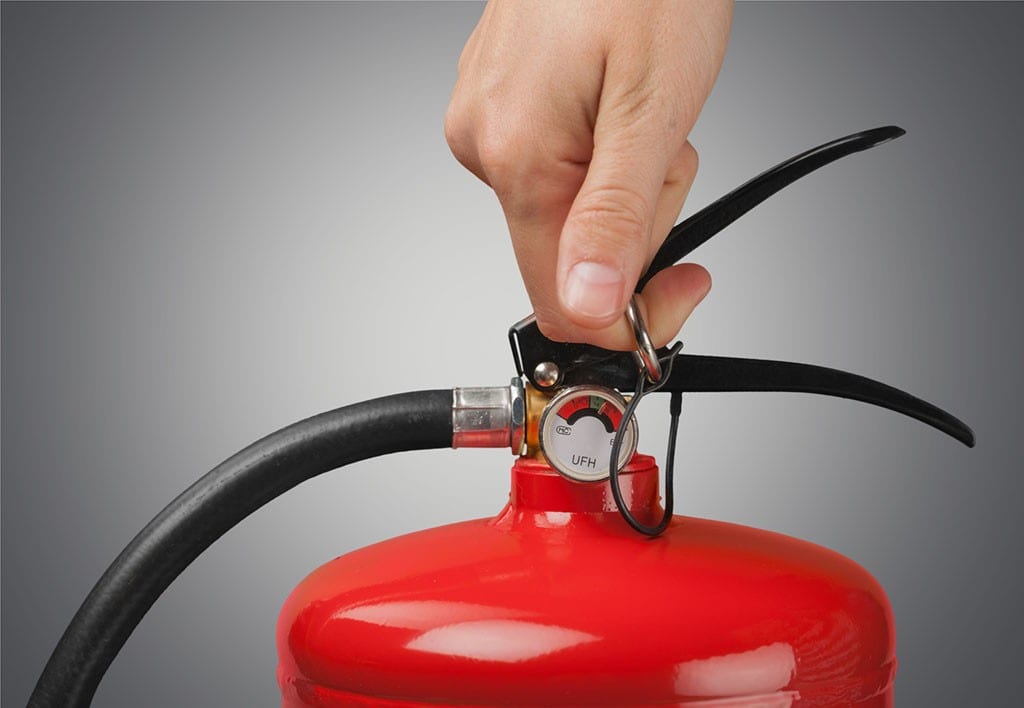Sydney businesses need to ensure they are adequately protected from fire. This isn’t only to ensure compliance with laws, but also for their employees, clients and their property. Fires can result in devastating costs in the shortest time, but the risk are reduced or avoided with the proper security measures implemented. Inspections for fires, as well as regular checking of electrical systems, as well as conformity with CFSP standards all help to ensure that the environment is safe.
The reasons fire inspections are at the cornerstone of safety
The first line of defence is fire inspections. These inspections confirm that the fire protection system installed in the building is current and operational. In Sydney, businesses must conduct inspections at least every six months or annually, depending on building type and the local council’s regulations. Inspections can include everything including smoke alarms and sprinkler systems, to fire alarm panels, to hydrants, emergency lighting and fire alarms.

The ability to detect hidden issues and fix them before they can cause harm is what makes inspections so crucial. A minor flaw in a fire hydrant, or an obstruction in a smoke detector might appear insignificant at first but in a situation of emergency, these faults could be fatal to lives. Through periodic fire inspections businesses managers are not only ensuring they meet compliance obligations but they are also taking proactive steps to guard their business from unexpected disasters.
Testing and Tagging Securing Electrical Safety
Electrical systems are an important cause of fires at work. Testing and tagging are therefore an important part of an overall plan to ensure safety from fire. It involves checking electrical equipment to make sure they are secure, safe and compliant. Then, a visible tag is put on the device to show it’s passed inspection. This is a legal requirement which is not always straightforward to meet. For many companies this is a measure to guard against possible risks.
Old, worn-out, or unchecked cables, appliances that are defective or wiring that is not up to date can quickly turn into fire hazards. Businesses can minimize the chance of fires by testing regularly and tagging electrical equipment. It also builds trust and confidence among employees by reassuring them that their workplace is safe. In conjunction with testing, fire inspections and tagging offers a comprehensive safety program that reduces risks across multiple areas.
The job of CFSP is to ensure compliance and certification
In New South Wales, only the Competent Fire Safety Practitioner (CFSP) is able to certify and sign important documents regarding fire safety, such as Annual Fire Safety Statements. The introduction of CFSP accreditation raises the standard of fire safety and ensures that only certified professionals evaluate and validate safety measures. For those who own businesses, having the CFSP means that inspections and reports are not just routine paperwork but dependable evaluations conducted by experts.
The role of a CFSP extends far beyond ticking boxes. These professionals assess the performance and the condition of fire protection systems and present complete report. They also make sure that the system is in that the system is in compliance with regulations. Businesses without CFSP certification face the threat of fines, legal complications and even closing if their protection measures for fires are considered inadequate. Working with professionals who are accredited ensures that the fire safety system is being maintained correctly, and that all requirements to be in compliance are met.
Fire Safety as an Ongoing Commitment
Fire safety is not a one-time obligation but an ongoing responsibility for each business owner. Regularly scheduled inspections and tests of electrical equipment, together with proper certification through CFSP and CFSP, create a security cycle that never ends. Beyond compliance with the law and ongoing monitoring, this approach helps to create the culture of safety in the workplace. Employees feel more confident in the knowledge that clear evacuation plans, smoke alarms emergency lighting and a fire suppression are all in place.
Fire safety is a ongoing process, not just a box that businesses have to tick each year. This lowers the risk and improves the image of a business. Customers and clients feel more secure in a setting which is highly rated for safety. In the long term, investing in to prevent fires early saves cost by preventing costly damages, fines, and legal fights.
Conclusion
Safety in the event of fire in Sydney requires a multi-layered approach that includes fire inspections, testing and tagging and certified by an CFSP. Each of these elements play a crucial role in helping businesses comply with rules, but is more important in securing the lives of people and property. Businesses that make safety an essential aspect of their work and not just a passing note will be able to meet their legal obligations as well as make a more stable and safe working environment.